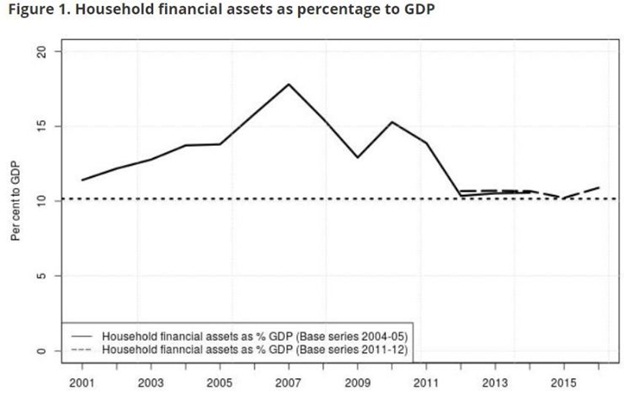A news report published in a financial daily argued that unemployment in 2017-18 is at a 4 decade high. The report is based on the draft of National Sample Survey Office (NSSO)’s periodic labour force survey (PLFS) which is yet to be published by the government. “This is a draft report,” said NITI Aayog Vice-Chairman Rajiv Kumar. “We need to publish data on a quarterly basis. The July 2017-December 2018 data has just been received. Therefore, we don’t know the data or the veracity of the data. Citing this data or comparing it with the 2011-12 data will not be correct.”
The middle class of the country is leaving low-quality jobs as enough number of formal jobs are being created in the country. As per the data from the Employee Provident Fund Organization (EPFO), the number of new subscribers to social security schemes is at an all-time high. A total of 73.50 lakh new subscribers have opted for EPFO benefits from September 2017 to November 2018. In the month of November 2018 alone, 7.32 lakh new formal jobs were created which is higher in comparison to 4.93 lakh in November 2017, as per EPFO payroll data. This is a 48 percent increase in jobs compared to the previous year.
“Nearly 7.8 million jobs have been created. We have to take into account people leaving the low quality jobs. We are creating adequate number of jobs for new entrants. The problem seems to be the quality of jobs,” said CEO of NITI Aayog and ex-officio member of the National Statistical Commission Amitabh Kant. The employment status of the country needs more of common sense logic than the official survey.
Let us consider this situation, an engineering graduate from an average college can earn somewhere between Rs 10,000 to Rs 15,000 per month. But s/he chooses to prepare for government jobs or competitive exams like GATE/CAT/GRE/GMAT due to the following reasons. Firstly, her/his parents having enough disposable income can afford to pay for coaching of competitive exams.
Moreover, Retail Inflation in the country was at an all-time low at 2.19 percent in December with negative inflation in food prices. The household saving rate in the country is growing exponentially under Modi government after touching an all-time low during the last years of UPA.

The Coaching industry in the country is worth 49,400 crore rupees. Lakhs of students per year join coaching centers in order to prepare for government jobs or quality formal jobs.
The fact to be noted is that the majority of the middle-class youth of the country does not want to engage itself in a 10,000 to 15,000 rupees job as parents have enough disposable income to afford the coaching classes. This is the reason behind higher unemployment in urban areas and falling Labor Force Participation Rate (LFPR).
The article in financial daily argues that LFPR for youth (15-29 years) is declining and their involvement in higher education or coaching industry is a possible reason behind this. Also, there are various agencies which measure the unemployment with entirely different methodologies leading to different conclusions. The 2017 data published by International Labor Organization (ILO), a UN agency suggests that India’s unemployment rate stood at 3.5% in 2017 (3.3% for males and 4.2% for females), much lower than the global average of 5.4%.
Therefore, the report published by the financial daily on the basis of NSSO’s data and its methodology needs to be taken with pinch of salt. The major problem in the country is lack of high-quality jobs, not jobs. To put it in perspective, if one looks for household help i.e. mechanic, electrician, car washer, delivery boy, one seldom gets it, as they generally charge more than a so-so engineering grad. A battery rickshaw puller in Delhi earns more than an engineering grad, therefore, we need to create more ‘formal high-quality job’.


































